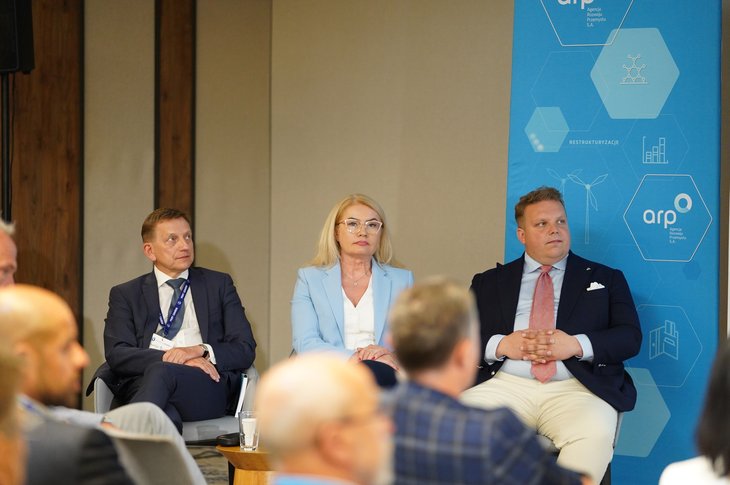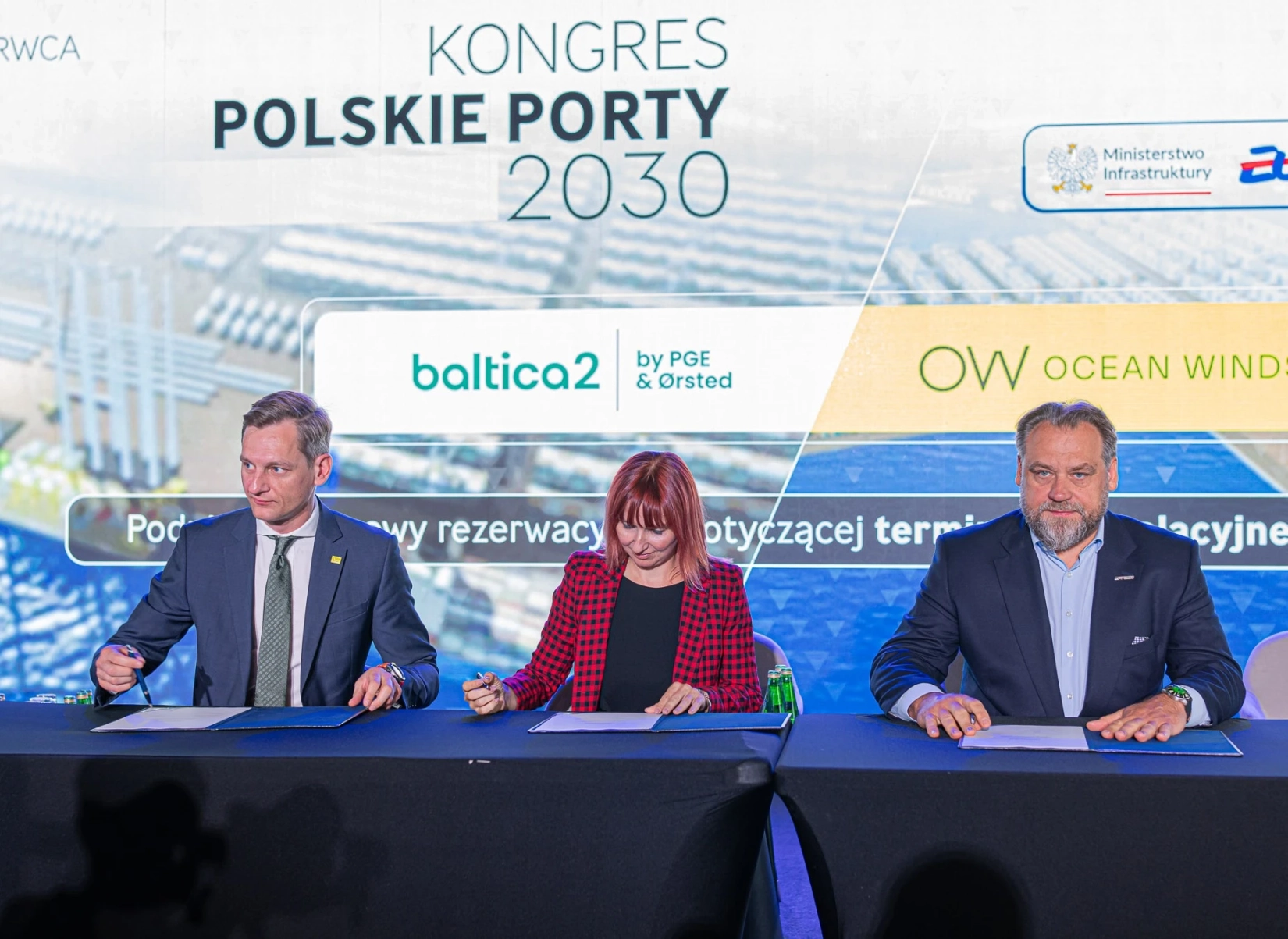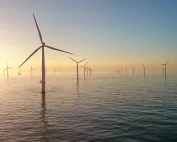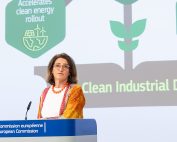The year 2022 was full of events that are permanently changing the conditions for the offshore wind industry. We asked industry leaders and key policy-makers for their assessment of what has been achieved in the past year and what the forecasts are for 2023. In today’s interview of the „Baltic Sea Offshore Wind – 2022 Summary & 2023 Outlook” series, we present the opinion of Paweł Leśniewski, Wind Energy Manager – Europe at MISTRAS Group .
2022 Summary
1) From my perspective the most important developments for the offshore wind industry in 2022 are …
2022 has been full of remarkable developments that will help the wind industry move toward a more efficient and sustainable future. The industry made great strides in enabling new locations for turbines such as floating farms, but these can be difficult to access for inspection and maintenance. MISTRAS is developing solutions to monitor the condition of such structures, including full asset condition monitoring options for large-capacity floating turbines with long blade lengths using Sensoria™, our new blade condition monitor. On that front, we are very excited to see where our collaboration between Sensoria™ and Danish blade specialist Bladena takes us in 2023, as we jointly focus on maximizing offshore wind blade integrity and uptime.
2) Our main achievements in 2022 are …
When we reflect on our accomplishments for the year, Sensoria™ is top of mind. With Sensoria™, MISTRAS introduced the possibility of remotely monitoring wind turbine blades for damage such as lightning strikes, cracks, and delamination—damage which previously might have continued to worsen until it was (possibly) discovered during an annual visual inspection. This new technology helps to catch defects early, before they become catastrophic, reducing the need for costly downtime and repairs, and has been validated by several leading blade OEMs across the industry.
2023 Outlook
3) An important challenge for offshore wind development in 2023…
The wind market will continue to face several challenges in 2023, including blade reliability and maintenance costs. Therefore, it is vital to create a program that allows wind turbines to realize their full life cycle through a platform that enables operators to analyze blade integrity data from various sources, and compare it with values obtained from the manufacturer (considering site-specific environmental factors). This should include information from acoustic emission monitoring sensors, such as those used in the Sensoria™ blade monitoring system, and ultrasound and visual surveys to create a kind of predictive maintenance that can extend the life of offshore wind turbines and improve their overall efficiency.
4) In 2023 we will focus in particular on…
Given the previously mentioned challenges, our focus in 2023 will be on monitoring wind turbine blades to prioritize assets for inspection and maintenance, helping our customers limit costly downtime and repairs. In addition, through the continued development of our Sensoria™ technology, wind turbine energy operators will be able to obtain valuable, real-time data on the integrity conditions of their blades, track and monitor damage using the Sensoria™ Insights portal, and even request support services through Sensoria™ Dispatch. No other company currently offers such comprehensive wind turbine integrity solutions, and Sensoria™ will continue to grow and improve to meet customer needs.













